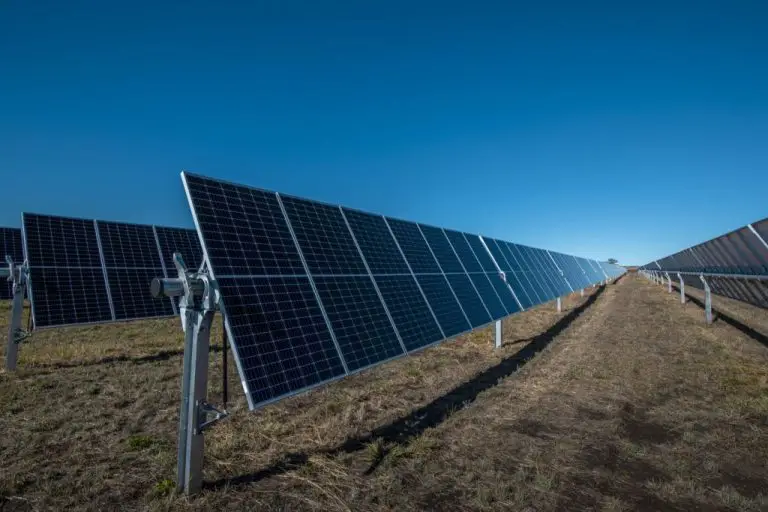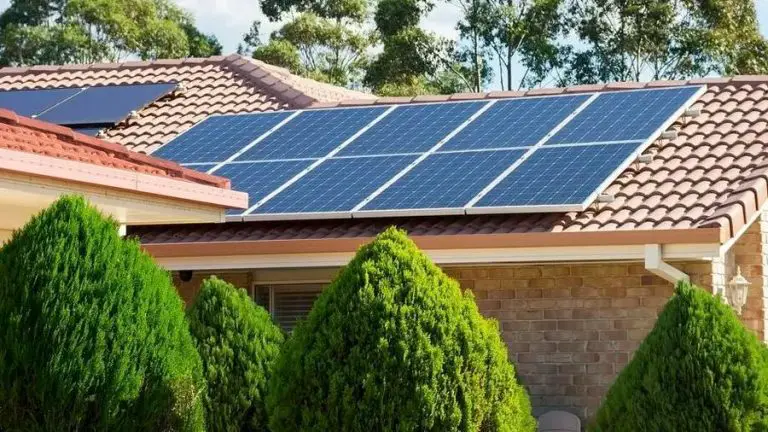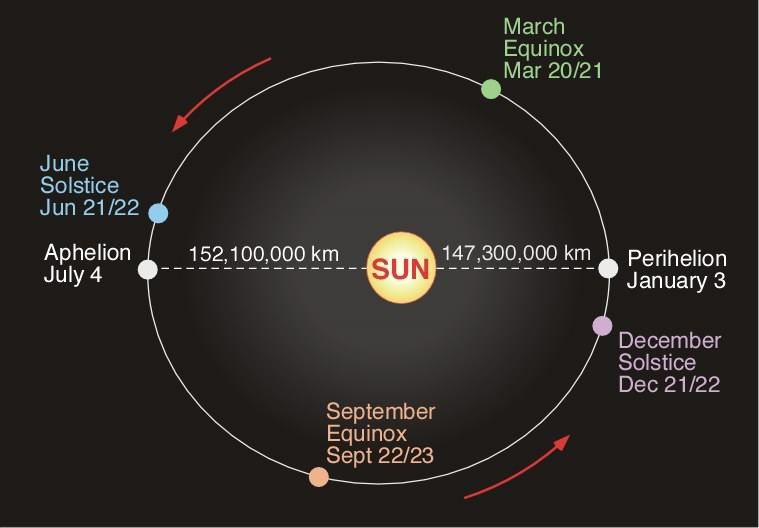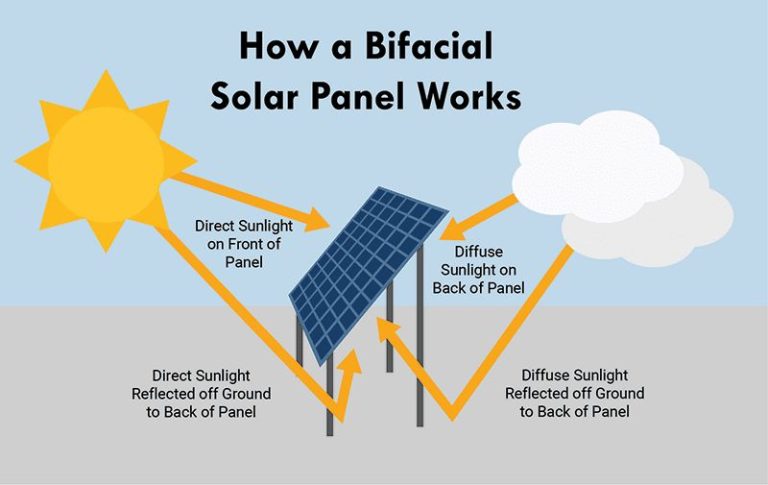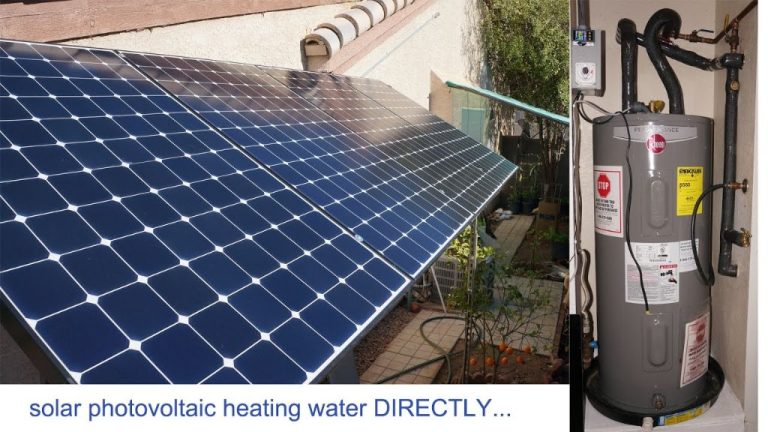Why Don T More Homes In Florida Have Solar Panels?
While solar energy has experienced rapid growth across the United States in recent years, adoption of rooftop solar panels in Florida homes remains relatively low compared to other states. Only about 1% of Florida households have installed solar panels as of 2022. Yet Florida has abundant solar resources and a climate well-suited for solar energy generation. This article examines the main barriers holding back wider adoption of residential solar panels in the Sunshine State. We’ll look at the upfront costs, lack of incentives, HOA rules, awareness gaps, installation challenges, aesthetic concerns, storm risks, and transition barriers that all factor into Floridians’ decisions on whether to go solar. With smart policy reforms and education, Florida could unlock its full solar potential and become a leader in residential solar energy.
High Upfront Costs
One of the biggest barriers for Florida homeowners considering solar is the high upfront cost of purchasing and installing a solar panel system. According to most estimates, going solar can cost anywhere from $15,000-$25,000 for an average-sized home in Florida. This includes the cost of the solar panels, inverters, racking, permits, and labor for installation.
The cost varies based on the size of the system, type of panels, difficulty of installation, and location. Most Florida homeowners require a system between 6-8 kW to offset their electrical usage, which falls within the estimated price range. While prices have dropped significantly over the last decade, the upfront cost is still daunting compared to continuing with standard grid electricity.
When comparing to the median Florida household income of around $55,000, the upfront cost of solar equates to 25-50% of annual income for many families. Even though solar can lead to long-term savings on electric bills, most households don’t have the available cash on hand to afford such a large purchase outright. This is especially true for low and middle income families without excess discretionary income.
Without financing options, the high upfront cost is simply unaffordable and acts as a barrier, even if families would benefit in the long run from lower electricity costs. With the growth of solar loans and leasing in recent years, this barrier has lowered. But the remaining upfront cost, even after incentives, still prices out many homeowners who would otherwise love to go solar.
Lack of Incentives
Florida currently has very few incentives for residential solar panel installation compared to many other states. There are no state tax credits, rebates, or other financial incentives offered to homeowners who install solar panels. This contrasts sharply with states like California, Massachusetts, and New Jersey that offer generous solar incentives.
For example, California has a state tax credit that covers 15% of the cost of installing a solar energy system. New Jersey offers a sales tax exemption on solar panel purchases as well as Solar Renewable Energy Certificates that provide ongoing payments for solar production. Massachusetts allows homeowners to deduct the costs of installing solar panels from their state income taxes over several years.
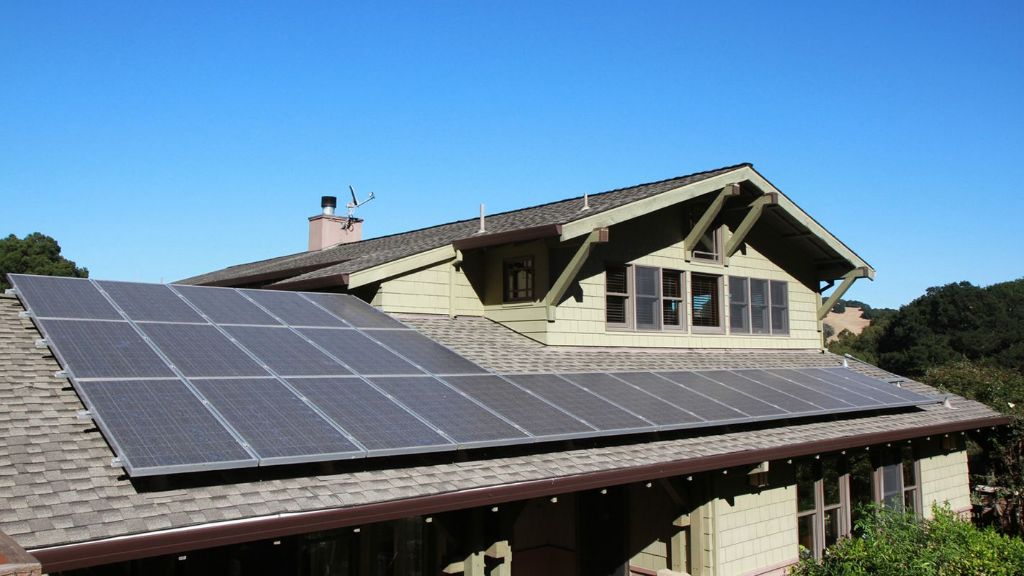
The lack of strong financial incentives in Florida makes it much harder for homeowners to justify the upfront investment. Without rebates, tax credits, or other incentives to lower the initial cost, solar panels become less financially viable for many homeowners. This is likely a major reason that solar adoption has lagged behind many other states with strong incentive programs.
HOA Restrictions
Homeowners’ associations (HOAs) are common in Florida, especially in larger planned communities. Many HOAs have rules and regulations about what homeowners can and can’t do to the exterior of their home. Unfortunately, some HOAs prohibit or severely restrict homeowners from installing solar panels on their roofs.
According to data from the Solar United Neighbors of Florida, over 25% of requests for solar installations are denied by HOAs each year. This poses a major barrier for many homeowners who would otherwise love to go solar. HOAs often cite aesthetic reasons for denying solar panel installations, believing they will make the neighborhood look less uniform or decrease property values.
For homeowners living under HOA rules, getting approval for solar can be an uphill battle. They must review all the HOA bylaws and regulations about exterior changes to their home. If solar is prohibited, they must petition the HOA board and get their neighbors on board with changing the rules to allow solar panels. This process can take months and may not be successful if the HOA refuses to budge.
Lack of Awareness
Many homeowners in Florida simply aren’t aware of the benefits of installing solar panels. Surveys have shown that less than 30% of homeowners can accurately name even two benefits of going solar. There is a general lack of public knowledge when it comes to how solar energy works and the cost savings it can provide.
The solar industry faces challenges in marketing to homeowners as well. Solar panels are still seen by many as a luxury item rather than a practical way to reduce electricity bills. Messaging often focuses on environmental benefits over potential savings. And with Florida lacking many statewide solar incentives, there is less external marketing done to raise consumer awareness.
Boosting public knowledge of solar through marketing and education campaigns could go a long way towards driving higher adoption rates. With better understanding of the financial benefits and quick return on investment, more Florida homeowners would likely consider installing solar panels. But for now, the lack of consumer awareness remains a barrier.
Difficulty of Installation
Installing solar panels on your home can be a complicated process that requires professional expertise. Here is an overview of what a typical residential solar installation entails:
- Site evaluation – A solar installer will assess your home’s site conditions, including the roof structure, orientation and shading.
- Permitting – Most local jurisdictions require permits for solar installations, which can add time and complexity.
- System design – The right solar system size and specifications must be engineered for your particular home’s energy needs.
- Equipment procurement – The solar panels, inverters and other system components must be sourced and ordered.
- Installation – Mounting frames are installed on the roof structure and solar panels are mounted and wired. The inverter and any other equipment is also installed.
- Inspection – Local inspectors will check that the system was properly installed and meets code requirements.
- Interconnection – The local utility must approve connecting the solar system to the grid and install a new meter.
This complex process presents challenges and barriers for many Florida homeowners:
- Finding an experienced and reputable solar installer can be difficult.
- Permitting and inspections can cause delays and headaches.
- Roof or electrical issues may need repairing before solar can be installed.
- Installation often requires roof work or drilling holes, which homeowners may want to avoid.
- Connecting to the utility grid can involve long wait times or headaches.
The installation process requires expertise and can seem daunting. This deters many homeowners from adopting solar power.
Aesthetic Concerns
Many homeowners in Florida worry that solar panels will look unsightly on their roofs and hurt their home’s curb appeal. The sleek black panels stand out against shingled roofs and homeowners fear they will detract from their home’s appearance. This concern over aesthetics deters some homeowners from installing solar, even if they are interested in the energy savings and environmental benefits.
Luckily, solar technology and design has improved dramatically over the past decade. Today’s solar panels are lower profile, with a more seamless appearance. Panels can be installed flush with the roof and colored to blend in. There are also solar shingles emerging on the market that look just like ordinary roof shingles while generating solar electricity.
Homeowners looking to “go solar” while maintaining their home’s aesthetic have several options. Careful panel placement, strategic roof angles, and landscaping like trees or shrubs can conceal panels from view. Solar companies can show photorealistic renderings of the home with panels installed, so homeowners can get an accurate idea of appearance before committing. For those truly concerned about aesthetics, solar shingles provide the most seamless look. With a little creativity, homeowners can find an attractive solar installation that complements their home’s style.
Risk of Storm Damage
In recent years, Florida has seen some of the worst storm activity in the U.S. with Hurricane Irma in 2017 and Hurricane Ian in 2022 causing billions in property damage across the state. So it’s understandable why some homeowners may be hesitant to install rooftop solar panels that could get damaged or destroyed in major storms.
According to the Solar Energy Industries Association (SEIA), solar panels are designed to withstand hail up to 1 inch in diameter and wind speeds up to 130 mph. However, Florida sees Category 4 and 5 hurricanes with wind speeds exceeding 155 mph. During Hurricane Irma, approximately 60,000 Florida homes with rooftop solar saw extensive damage to their solar systems.
Luckily, solar technology is always improving. New hurricane-resistant solar mounting systems and frames can help better secure panels to a roof even in extreme wind conditions. Solar companies are also using stronger glass, deeper fastening methods, and pre-storm checks to minimize damage. Homeowners concerned about storms can also consider ground-mount solar arrays which avoid roof issues altogether.
While the risk of storm damage remains a deterrent, the trend is toward more durable, hurricane-resilient solar installations that can withstand Florida’s tropical storms.
Transition from Old Utilities
Florida has long relied on traditional energy sources like natural gas and coal to power homes across the state. While renewable sources like solar are gaining popularity, the transition away from the established utility infrastructure has faced some challenges.
Florida’s major energy providers like Florida Power & Light (FPL) have built their business models around large, centralized power plants. Shifting to a more decentralized grid with rooftop solar on individual homes requires major changes to their operations. There is some resistance from utilities to encourage rooftop solar adoption since it threatens their traditional business.
There are also technical hurdles in managing a large renewable energy grid with two-way power flows. The old grid infrastructure wasn’t designed to handle complex distributed energy generation from multitudes of solar panel systems. Significant upgrades and smart grid technology investments are needed to modernize the grid.
Despite these challenges, Florida is starting to embrace rooftop solar and renewable energy. Major utilities are slowly adding more solar to their energy mix in response to consumer demand. But the transition will take time and continued technological innovation before solar becomes a primary energy source for Florida homes.
Conclusion
There are several key obstacles holding Florida back from more widespread adoption of residential solar panels, including high upfront costs, lack of incentives, HOA restrictions, lack of awareness, installation challenges, aesthetic concerns, risk of storm damage, and the difficulties of transitioning from old utility infrastructure. However, as solar technology improves and costs continue to fall, there is great potential for growth if some of these barriers can be addressed. Concerted efforts by policymakers, HOAs, solar companies and utilities to increase incentives, streamline regulations, educate homeowners, and make aesthetically pleasing solar options more accessible and affordable could pave the way for Florida to tap into its abundant solar resource.
Homeowners interested in going solar should calculate the costs and projected savings to see if it makes financial sense for their property. They should also thoroughly research installers, ensure they comply with all regulations and HOA rules, and evaluate options like solar loans and leases to reduce upfront costs. With smart planning and preparation, solar power can be a win for many Florida households, reducing energy bills while also benefiting the environment.


